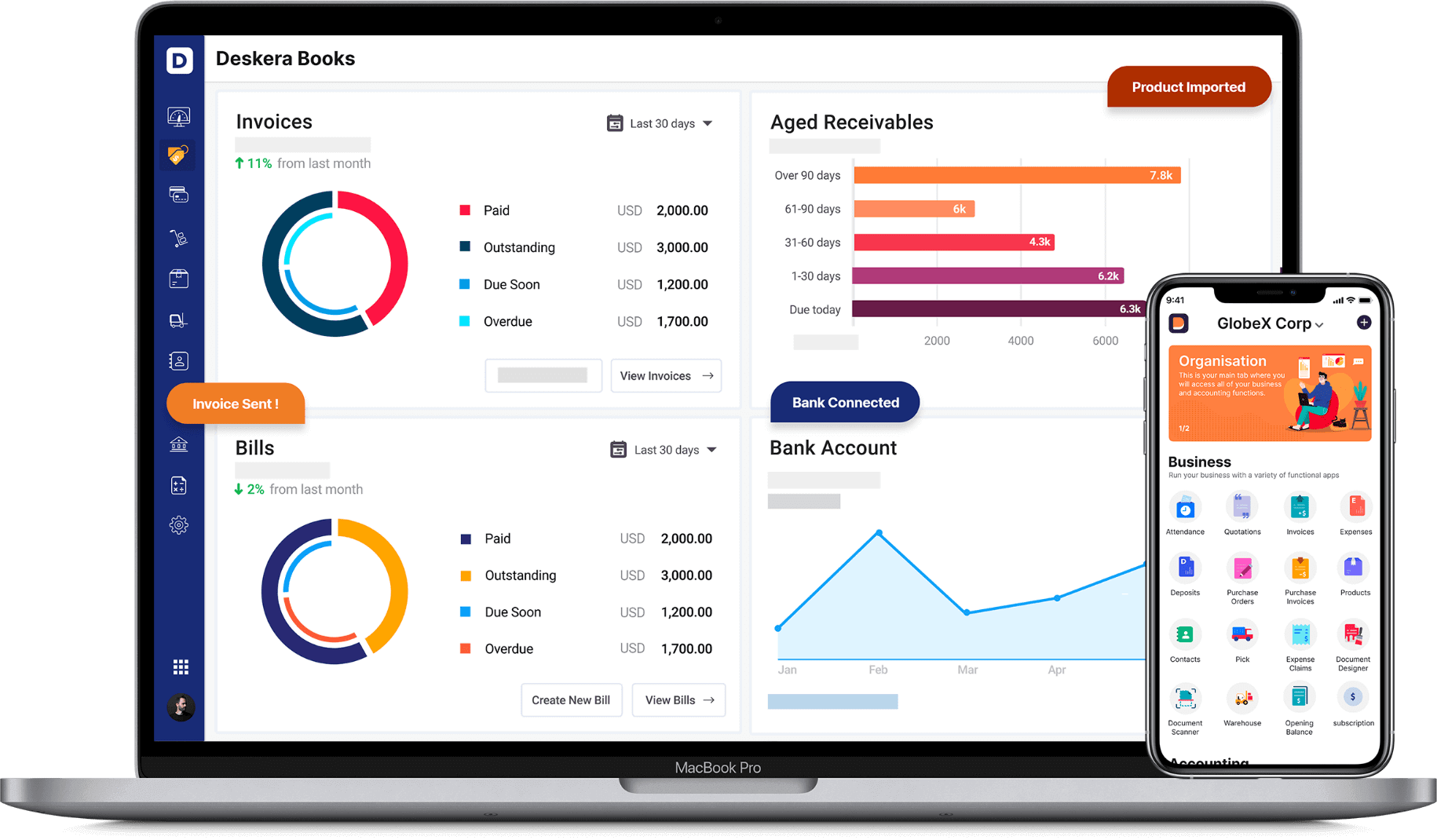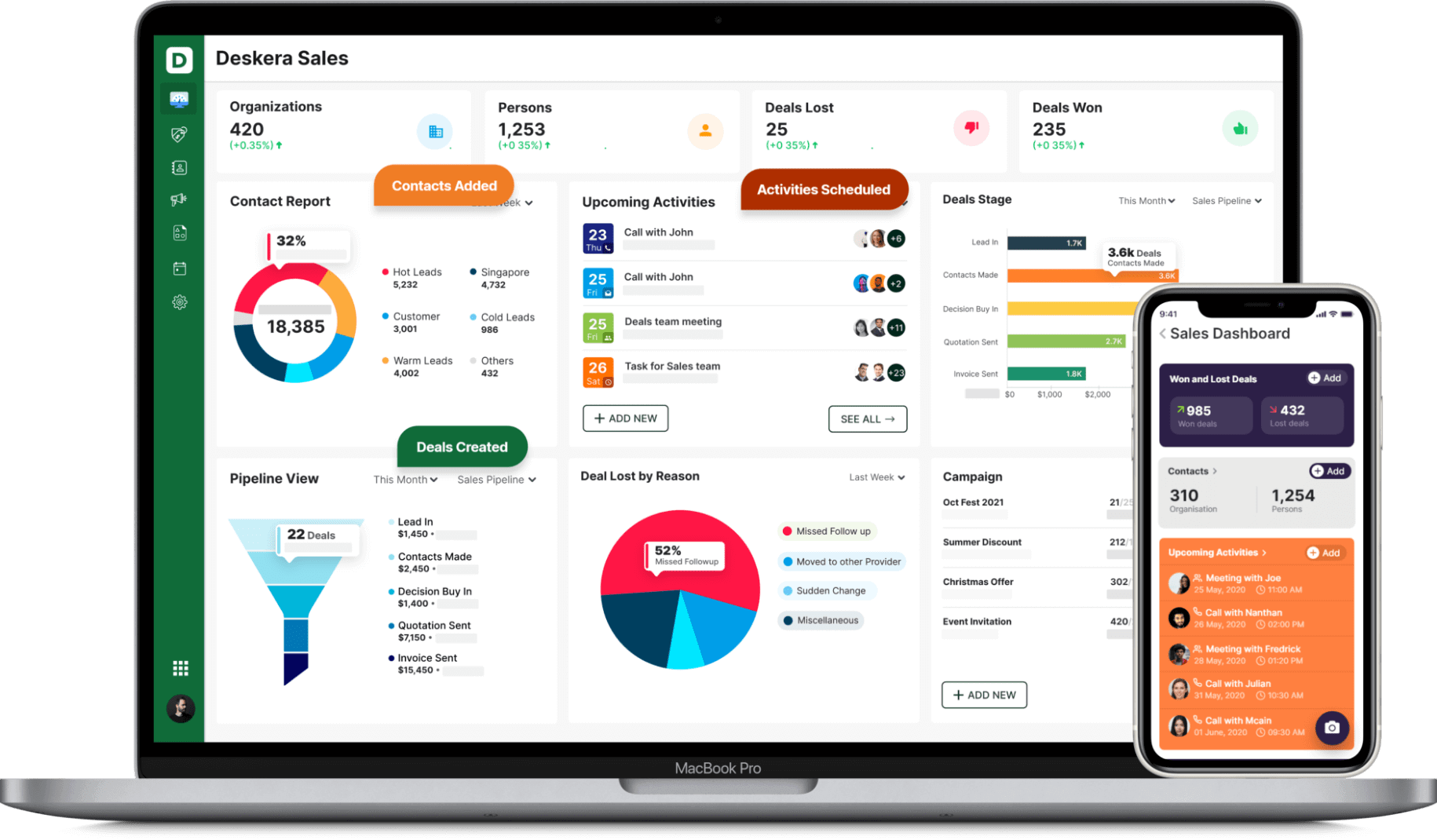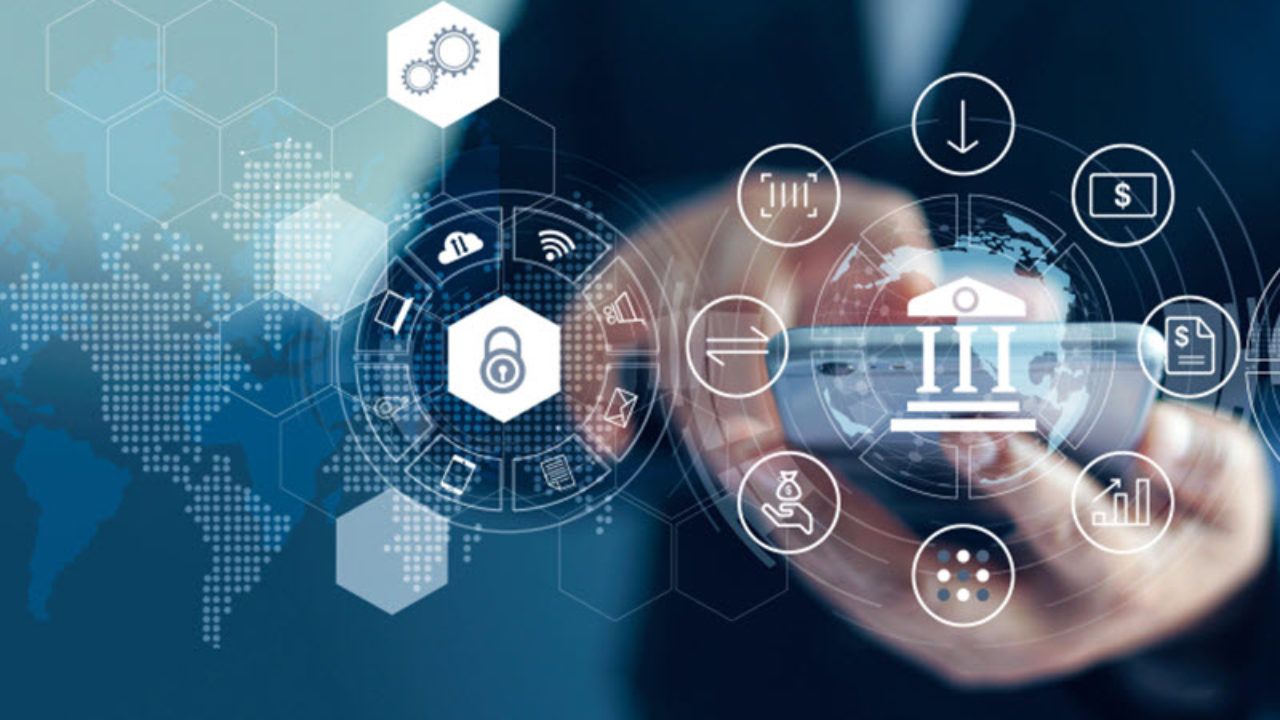The Internet has been a boon for several reasons. Just how much of a boon it truly is, was especially realized during the corona-virus pandemic. The adoption of technology has improved global technology while reducing the need for physical stores and contact. This trait, during the pandemic, has led to an increasing volume of business being conducted through the internet.

This includes supply chain transactions, with both the buyer and the seller embracing electronic procurement or e-procurement. E-procurement has increased productivity and transparency, while also reducing costs.
This article is going to take you through the basics of e-procurement.
What is e-Procurement?
E-procurement, also known as electronic procurement and supplier exchange, is the business-to-business or business-to-consumer or business-to-government purchase and sale of supplies, work and services through the internet as well as other information and networking systems.
It is different from e-commerce because typically, it uses the supplier’s closed system that is available only for the registered users. When implemented properly, e-procurement opens a direct line of communication between the company and the supplier. This line facilitates interactions like bids, purchase orders and emails.
Tools of e-Procurement
As per the definition discussed above, it is narrow in the sense that it excludes the old methods of using telephone and fax to place your orders. However, it is broad in the sense that it includes usage of the internet in the e-procurement process, as well as the usage of intranet and extranet applications.
For example, if you are ordering office supplies from the supplier’s catalogue on his website, it is a form of e-procurement.

Based on this hence, some of the most widely used forms of e-procurement are:
- e-Ordering
- Web-Based ERP
- e-Sourcing
- e-Tendering
- e-Reverse Auctioning
- e-Informing
- e-Purchasing
- e-Invoicing
- e-Contract Management
e-Ordering
e-Ordering is the process of creating and approving purchase requisitions, placing purchase orders as well as receiving goods and services ordered by using a software system based on internet technology.
In the case of e-ordering, the goods and services ordered are indirect goods and services (i.e. non-product related). The supporting software system, i.e. an ordering catalogue system is usually used by all the employees of the organization. Through this tool of e-procurement, ordering takes place on an ad-hoc basis.
Web-Based ERP
Web-based ERP is the process of creating and approving purchase requisitions, placing purchase orders as well as receiving goods and services ordered, by using a software system based on internet technology.
In the case of web-based ERP, the goods and services ordered are direct goods and services as they are product-related. Usually, only the employees of the purchasing department use supporting software systems, i.e. web-based ERP systems. Through this tool of e-procurement, ordering takes place on a planned basis.
e-Sourcing
e-Sourcing is the process of finding new suppliers through the internet that match the specific spend category. By identifying new suppliers, the purchasers would be able to increase their competitiveness in the tactical purchasing process for this spend category. e-Sourcing is that tool of e-procurement that is a way of reducing the supply risks associated with this spend category.
e-Tendering
e-Tendering is the process of sending Request for Information (RFI) and Request for Proposal (RFP) to the suppliers and getting back their responses through the internet. Usually, e-tendering is supported by an e-tendering system which also gives analysis and assessments of the responses.
e-Tendering is that tool of e-procurement that is not about closing the deal with the suppliers but is rather about smoothening the entire tactical purchasing process without focusing on the spend category of that content. e-Tendering is about procurement of specialized works, goods or consulting services of low volume but high value.
e-Reverse Auctioning
e-Reverse auctioning is where a buying organization is allowed to buy goods and services needed from several known or unknown suppliers using internet technology. e-Reverse auctioning tends to focus on the prices of goods and services auctioned, while other criteria are ignored.

However, it is very much likely that other criteria are considered in the previous stage, based on which the suppliers are invited to the e-reverse auction. If the parties agree on the price, e-reverse auctioning is that tool of e-procurement that does involve closing the deals between the buying organization and the suppliers.
e-Informing
e-Informing is the process of gathering and distributing purchasing information both from and to internal and external parties using Internet technology. This tool of e-procurement is hence not directly associated with a phase in the purchasing process like contracting or ordering.
This form is also known as purchasing intelligence or spend control. For example, publishing purchasing management information on the extranet which can be accessed by internal clients and suppliers is a form of e-informing.
e-Purchasing
e-Purchasing is that tool of e-procurement that is used for procurement of goods and services that are of low prices and high volume. Electronically, it simplifies the purchasing process. Catalogues are the most important part of this tool.
The e-purchasing procurement process starts with the online publication of the items by the suppliers, electronic selection, order, reception and ends with the payment from the purchasing side.
e-Invoicing
e-Invoicing is a tool of e-procurement. It is any method by which the invoices could be presented to the customers electronically. Usually, it is the accounts payable department that is responsible for the invoices to be approved, processed and paid. Deskera Books is an example of one such tool which facilitates e-invoicing.

e-Contract Management
e-Contract management is that tool of the e-procurement process which handles the account receivables, account payables, contract settlements, contract variations, performance securities and auditing and controlling the activities.
This hence helps to maintain healthy financial statements like balance sheet, profit and loss statement, income statement and cash flow statement. e-Contract management is important for making well-informed decisions in regards to the e-procurement of goods and services for your business.
What Are the Main Functions of e-Procurement?
The primary functions of e-procurement are far-reaching, with it offering benefits in the day-to-day functioning of your business as well as in your supply chain activities. These main functions of e-procurement are:
- Automates processes to free up resources, save time and reduce errors.
- It improves and simplifies the communication between the purchasers and the suppliers, hence making the e-procurement process easier, more efficient and faster.
- It provides a single platform for the management of all procurement processes, which makes it easier for the purchasers and suppliers to audit and control the e-procurement activities.
- This one platform also facilitates real-time updates for suppliers, purchasers, managers and stakeholders. Necessary reminders are also given through this platform, along with the chance to curate and store all the e-procurement data.
- It allows streamlined negotiations between the purchaser and the supplier with all the communications history maintained on that one platform.
Benefits of e-Procurement
In this technology dominant world, where everything has become faster and even more efficient, resorting to e-procurement over traditional procurement will only ensure more benefits for your organization. These benefits are:

Automates Laborious Tasks
Laborious tasks like auctioning orders, document management for purchase orders, evaluating and selecting suppliers, price negotiations, agreeing and storing with those supplier contracts and many more such tasks can be automated between yourself and your supplier.
This will increase the speed of your business, freeing up your staff for other developmental activities which will only ensure more gross profits, net sales, returning customers and customer retention.
Improved Workflows for Procurement
e-Procurement facilitates end-user self-service and decentralization with control through company approved catalogues. Having self-service features will also ensure less user support and therefore greater compliance.
e-Procurement will also lead to smooth, faster and error-free processing of employee requisitions for goods and services as well as shorten the purchasing cycles.
Lastly, supplier payments are also made hassle-free and timely through e-procurement. When the procurement process is made smoother, you will be able to serve your customers better, which will lead to positive customer feedback, increasing sales and positive brand awareness.
Visibility of Your Purchasing Behaviours
e-Procurement will give visibility into what your business spends through one dashboard. This dashboard will also highlight how these purchases have impacted your business. This data is invaluable as it will help you to improve your cash flow, control the non-compliant spending, identify areas for consolidation of suppliers and leverage buying power to negotiate costs.
Connecting to External Supply Chains and ERPs
By using e-procurement, real-time information can be shared between ERP (i.e. Enterprise Resource Planning) or finance systems and supply chains for better overall visibility of supplier information and transactions.
This will ensure that purchases are made to comply with company guidelines and hence even achieve sustainable procurement. If needed, the analytics as highlighted through key performance indicators will help you to look for supplier options.
Cost Savings
e-Procurement is made possible through the usage of built-in monitoring tools like Deskera CRM and Deskera Books. This software helps to control the costs, maximize performance and reduce overhead and paperwork. Hence, it aids in reducing transactional costs.

Fully automated systems streamline the otherwise complex procurement processes. It also makes the business activities faster, from receiving the order to order fulfillment. e-Procurement also makes it possible to have a larger selection of goods and services to purchase from. This will ensure that you stay true to your brand positioning statement.
Improved Inventory Control
e-Procurement is done from a single platform that manages all the data- including inventory, backorder management, inventory management as well orders yet to be fulfilled and the budget left.
This ensures that the procurement professionals can locate the inventories easily and also those which need to be purchased. This way, inventory is better controlled, operating expenses reduced and operating incomes increased.
Having standardized approval systems and formal workflows will also ensure that the correct level of authorization is applied to each transaction.
Transparency
By having centralized information on one system, through e-procurement, it can be made available to the stakeholders, shareholders or the public as appropriate and as needed. This transparency also assists in the inter-business departments and activities, by ensuring that all are on the same page.
Risks of e-Procurement
The risks that come with e-procurement and implementing an e-procurement software generally falls into 3 categories as follows:

Culture Shock
This refers to difficulties faced in obtaining literal and figurative investment in digital transformation. This difficulty is faced due to lack of information, perceived limitations of the software or a corporate culture that is reluctant to become digitized and stop using the traditional methods of procurement processes.
Situation Specific Integration Issues
This risk usually arises due to lack of planning, poor or incomplete understanding of the goals being addressed through implementation or confusion and ignorance related to the capabilities and functionality of the chosen e-procurement software. This issue can also be aggravated further due to internet connectivity issues if your entire e-procurement system needs a live internet connection.
Lack of Training
When incorporating e-procurement software, your employees need to get trained as without having the necessary knowledge, skills and experience to manage it, you will not get the required results. A purchasing manager who has the proper vision and training to oversee the implementation of this new process is a must to meet your goals.
All of these risks can be won against by undertaking proper research and planning for updating the existing workflows. Knowing what exactly you need, will keep you from spending extra while also ensuring that you leave a space for growth to take place. Based on your needs, you decide on the e-procurement system that you require.
Once the system is put in place, all the employees who would be using it need to be trained for it. This will ensure that there is a proper understanding of the software implemented, and your business goals are met. Poor performance, supplier integration challenges and lack of strategic value like data analytics and process optimizations could all be prevented through proper training.
How Can Deskera Assist With e-Procurement?
Deskera is an all-in-one software for meeting all your business needs. It is based on the concepts of automating and integrating everything on one platform to meet all the needs of your business activities. It ensures faster, more efficient, more accurate and streamlined business processes which will only ensure a bright future for your business.
Deskera Books is your software for all things inventory. From inventory management to reminders for the restocking of inventory, managing the supplier and vendor contacts and deals and keeping a track of real-time insights for it all, it does it all.

Deskera CRM has contact management, with each importing and adding of contacts stored on other bases. Contact management also keeps a track of all the communication undertaken up till this point in time. In fact, for all the contacts imported, you can also add custom fields for recording all the data you think is important.
Your e-procurement dashboard on Deskera CRM will have all the real-time analytics and insights for the deals open and close, how your inventory is doing and how the e-procurement activities carried out are affecting your business.

When these insights are combined with those offered by Deskera Books, it gives you all the information that would be needed for making informed decisions. This is because Deskera Books will also give you insights into the finances of your business, hence assisting with the cost-saving and performance-optimizing goals of your business.
Together, Deskera CRM and Books will have a space for all the e-procurement tools, and hence become the perfect software for implementing e-procurement.
Key Takeaways
Working to optimize your supply chains and automating your business processes through e-procurement and the right e-procurement system has become the need of the hour.
This need was especially felt when the coronavirus pandemic has shut down all the physical shops and transactions and businesses still needed to be carried out to ensure survival- of oneself and the society.
The E-Procurement system will facilitate building stronger and more strategic partnerships with your suppliers as you now have more transparency than ever before. Implementing an e-procurement system will also ensure that you stay ahead or at least with your competitors because its benefits are:
- Automates Laborious Tasks
- Improved Workflows for Procurement
- Visibility of Your Purchasing Behaviours
- Connecting to External Supply Chains and ERPs
- Cost Savings
- Improved Inventory Control
- Transparency
However, with the benefits, some risks will have to be addressed to fully access the benefits. These risks to e-procurement are:
- Culture Shock
- Situation Specific Integration Issues
- Lack of Training
e-Procurement can be undertaken fully only with the help of its following tools:
- e-Ordering
- Web-Based ERP
- e-Sourcing
- e-Tendering
- e-Reverse Auctioning
- e-Informing
- e-Purchasing
- e-Invoicing
- e-Contract Management
If you want your e-procurement team to be the most effective and efficient, it needs to have software that is flexible and can adapt itself to your organization’s changing needs as it grows and develops further.
Having e-procurement processes and systems ensures that there is an open line of communication before, during and after the procurement. Information in digital form allows ready comparisons of price and reliability, eliminates unnecessary paperwork and promotes a better understanding of the buyer and seller requirements. All of these will largely benefit your organization.
Related Articles














